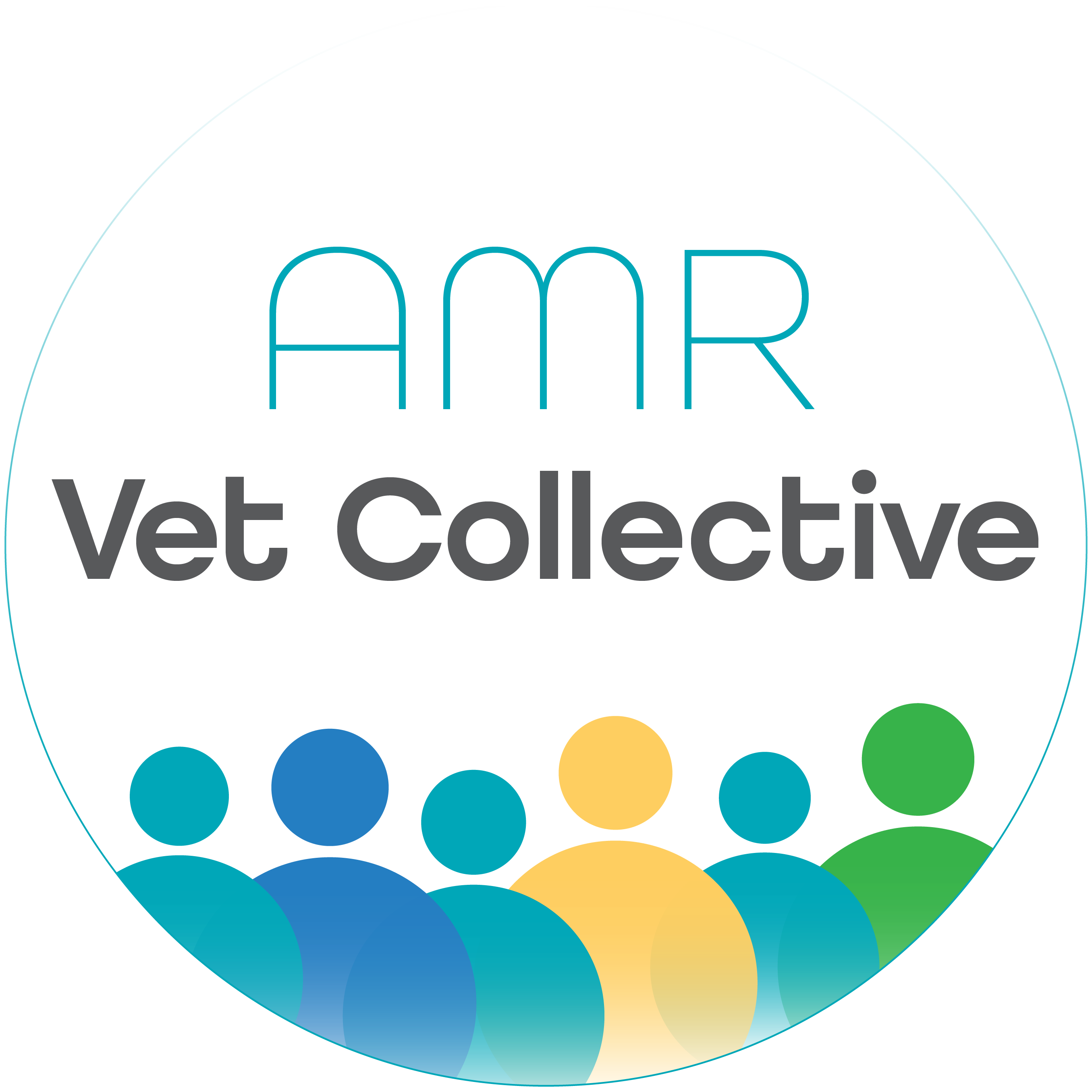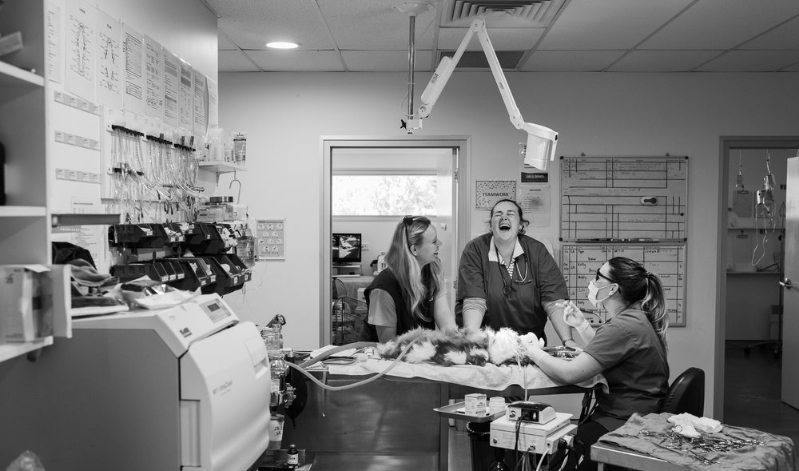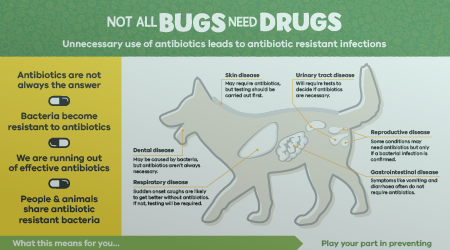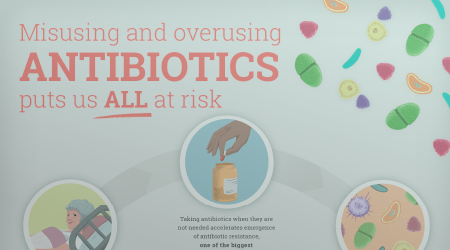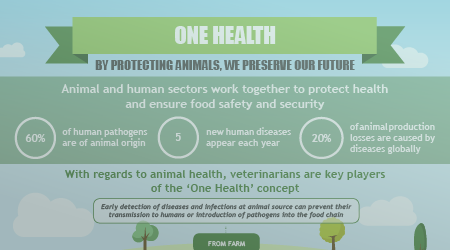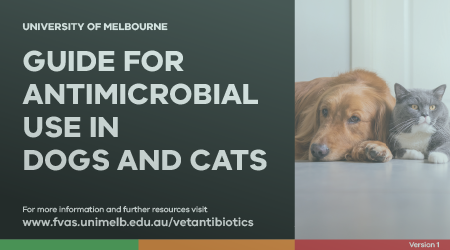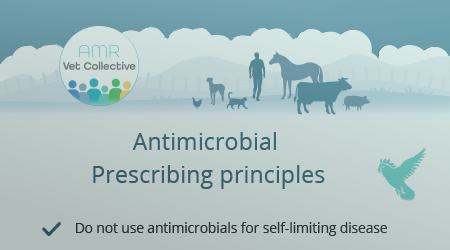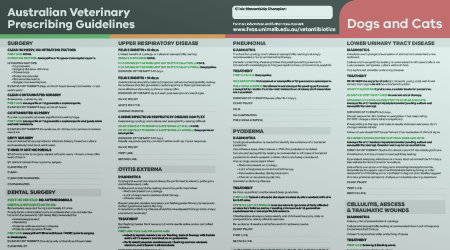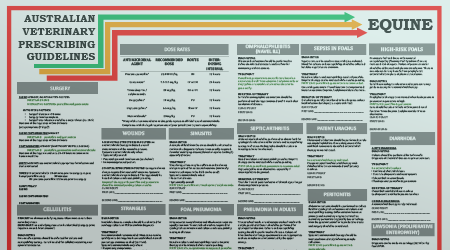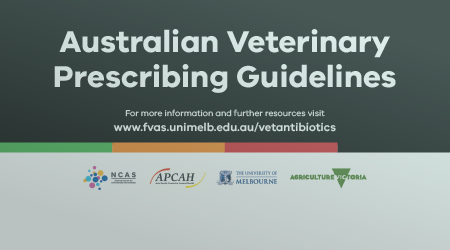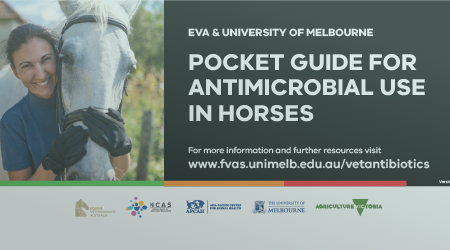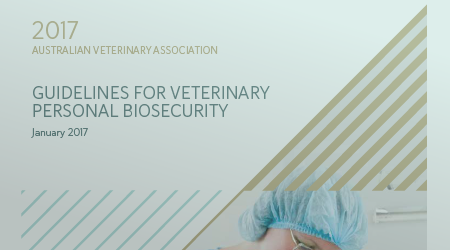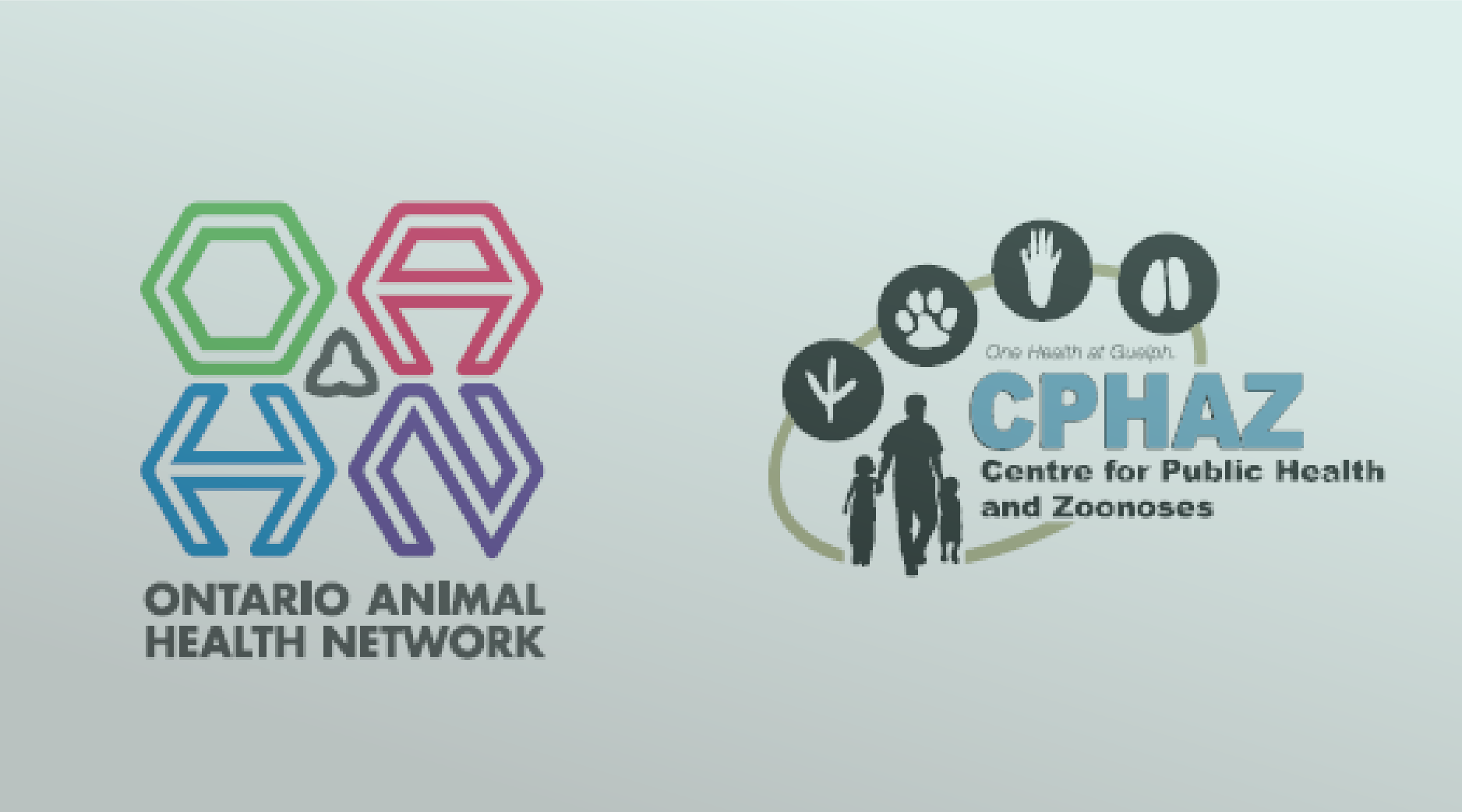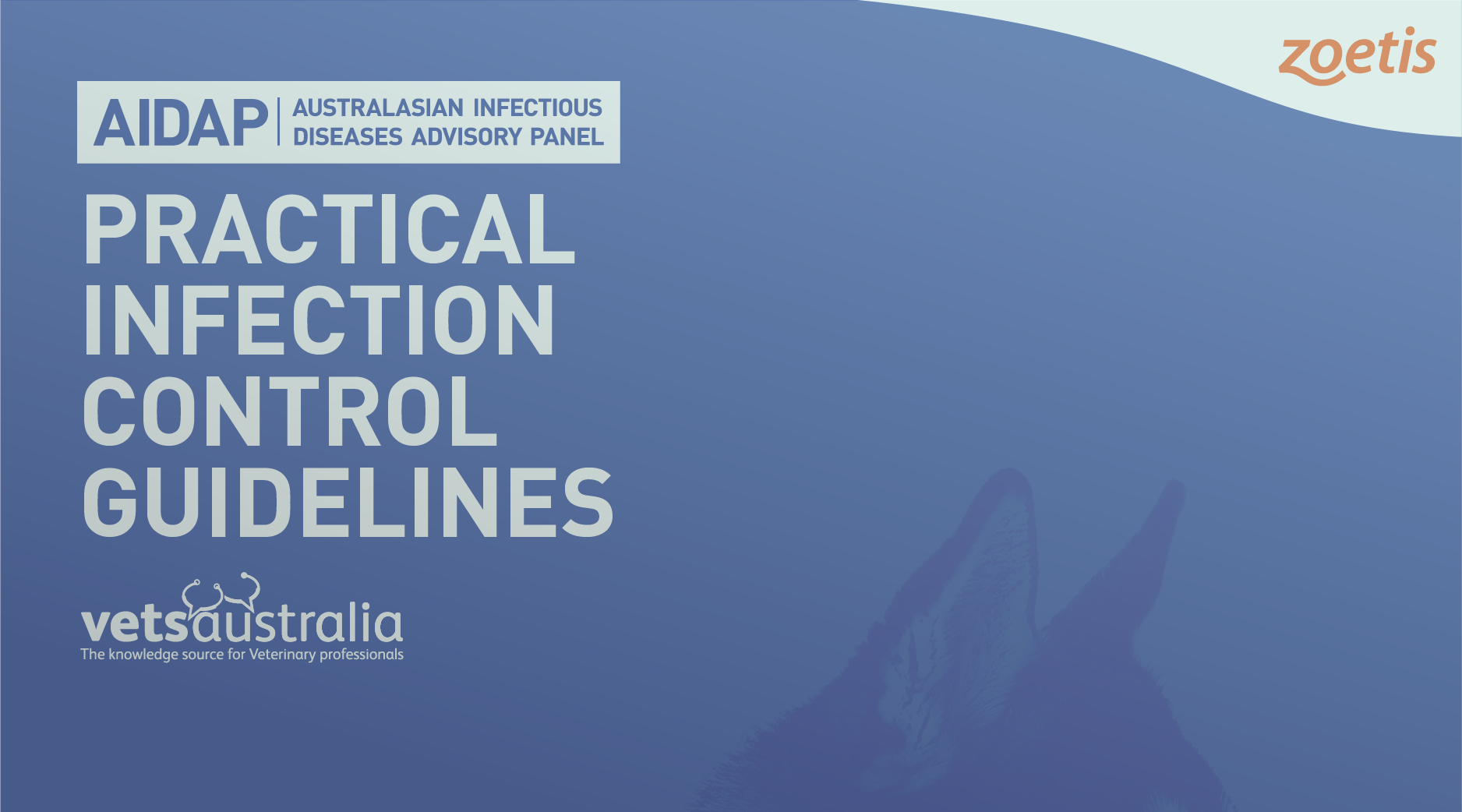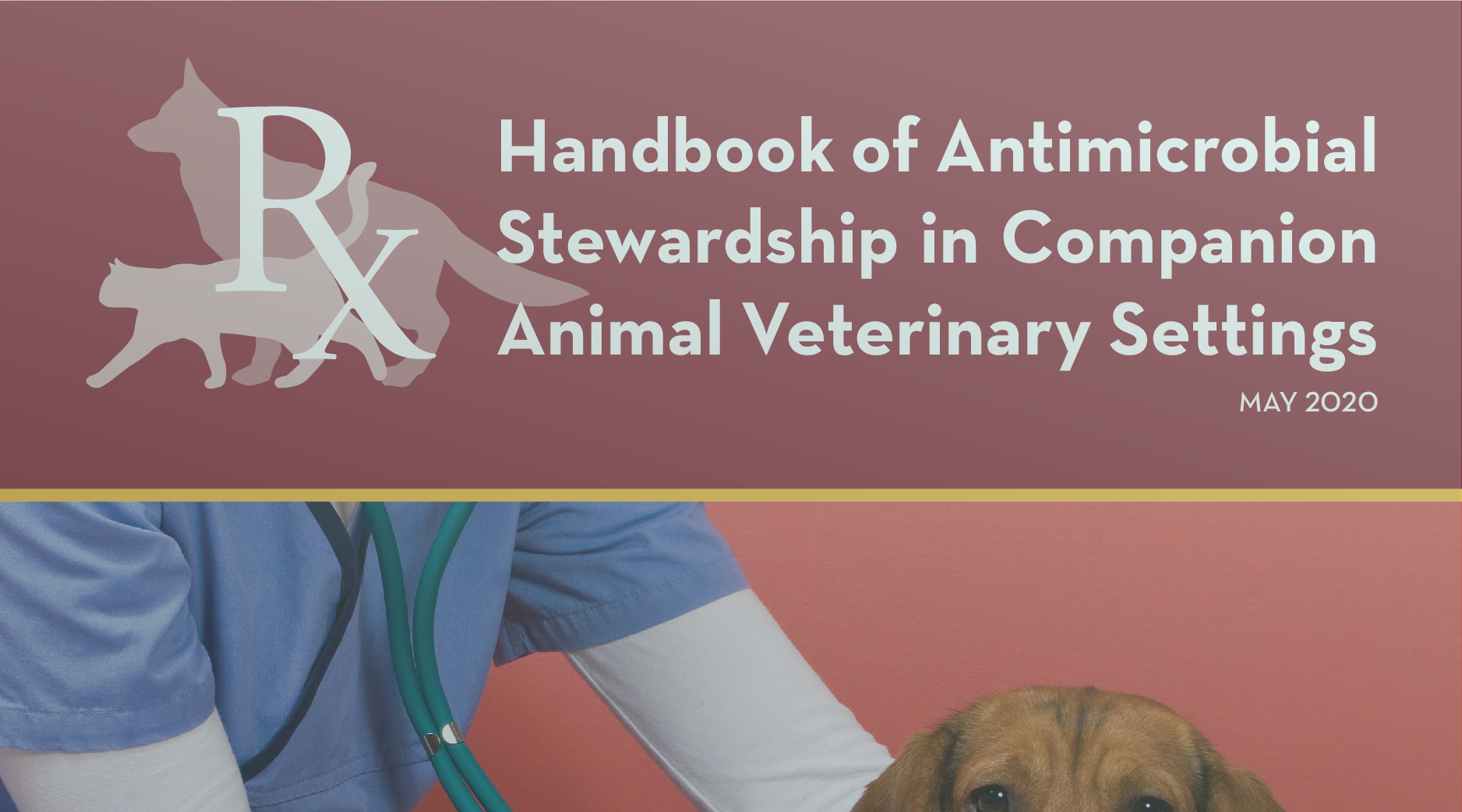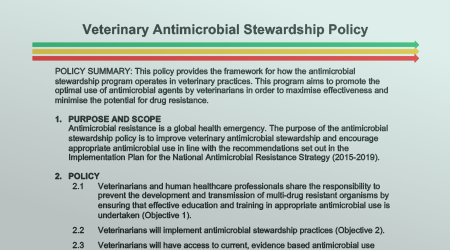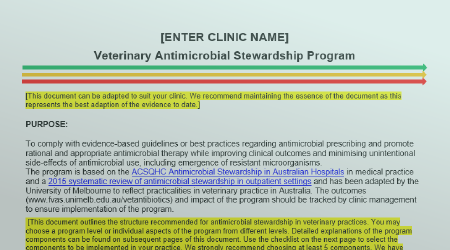Your practice
What is antimicrobial stewardship?
Antimicrobial stewardship (AMS) is a coherent set of actions that promote the use of antimicrobials in ways that ensure sustainable access to effective therapy for ALL who need them.
An AMS program or policy is a formalised approach to prescribing and biosecurity on a practice level. AMS programs are a mandatory component of human hospital registration, but are currently voluntary for veterinary hospitals.
There are six key actions that we can practise every day to ensure that our prescribing aligns with AMS principles. (Download prescribing principles poster)
Considered on their own, they provide a practical approach to treating infections.
When developed and applied at the practice level, they become prescribing policies. A prescribing policy combined with an IPC or biosecurity policy, becomes an AMS program.
Your AMS program provides procedures and protocols that support all clinical staff, not just prescribing veterinarians.
If you are interested in setting up an AMS program in your clinic you can find some key resources to advise you on this page. More detailed information can also be found in the online learning module dedicated to this topic here.
Resources for your practice
We've collected some great resources to help your practice communicate with clients about AMR and to help your team to keep best practice prescribing and biosecurity forefront in their minds. A well placed reminder can make a big difference. They're free to download, so please print and display or share on your social media channels.
In your waiting room or on your social media channels
Farm animal
Client AMR information poster, AMR Vet Collective
Small animal, urban
Client AMR information poster, AMR Vet Collective
Small animal & mixed practice - rural
Client AMR information poster, AMR Vet Collective
Equine
Client AMR information poster, AMR Vet Collective
Companion animal - care with antibiotics
Not all bugs need drugs, Vic Dept of Ag.
One Health - Care with antibiotics
World Health Organisation
One Health - Vets and AMR
OIE
In your pharmacy
In your practice manager's office
AVA biosecurity guideline, 2017
To protect your people.
Small animal IPC best practice, 2020
Ontario Animal Health Network. To protect your patients and people.
AIDAP Infection control guideline, 2016
Practical information for the Australian small animal context.
AMS program handbook, 2020
University of Minnesota
AMS Policy document
NCAS - The first step towards a stewardship program.
AMS program - simple
NCAS. Get started with an AMS program.

Other resources
Aquaculture Farm Biosecurity
Australian Department of Agriculture, Fisheries and Forestry. - Go to site
Farm Biosecurity
Animal Health Australia - Go to site
